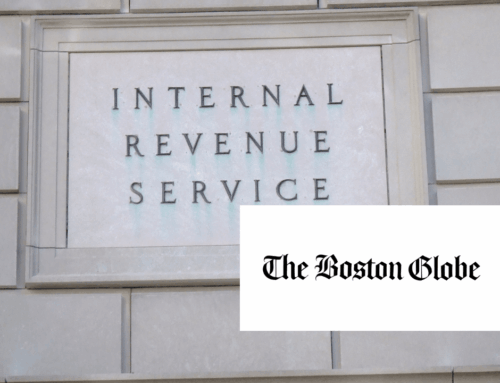In the annals of fiscal policy, the old adage “save for a rainy day” has never been more apt. The recent projection of the federal budget deficit reaching $2 trillion for fiscal year 2023, produced by the Committee for a Responsible Federal Budget (CRFB), has sent shockwaves through economic circles and should concern every American taxpayer. While the top line number is enormous, the most startling aspect isn’t the figure itself—we’ve grappled with large deficits before—but the fact that this deficit is surging during a period of notable economic strength. Ordinarily we would expect the deficit to fall, or at least grow slowly in an economy like today’s, so what exactly is causing it to balloon so quickly?
This deficit increase can largely be attributed to a 10% decline in tax revenues in the first ten months of the fiscal year, precipitated by the stock market’s downturn and Federal Reserve rate hikes. Mandatory spending has also risen: Social Security costs increased 11% due to inflation and more of the aging Baby Boomer generation becoming eligible; Medicare outlays grew 18% from altered payment rates and services; Medicaid spending increased 6% because of heightened enrollments during COVID-19; and there were boosts in spending on education, defense, and veterans’ healthcare. Furthermore, interest payments on the public debt jumped 34%, with interest rates nearing 16-year peaks.
Meanwhile, by the second quarter of 2023, the U.S. economy’s real gross domestic product (GDP) had risen at an annual rate of 2.1%. In the first quarter, the GDP growth rate was 1.3%, slightly above the initial 1.1% estimate. Consumer spending growth accelerated to 3.8% in Q1 2023, even amid relatively high inflation. Unemployment is currently at 3.8%, remarkably low by modern standards. In 2010, for instance, the unemployment rate was at 9.6% and at 5.8% in 2008. The rate has generally fallen since the peak in 2010, with some fluctuations along the way. The historic average unemployment, from 1948 to the present, is 5.7%, indicating that we are currently in a relatively strong labor market compared to past periods.
Usually, economic growth shields against large deficits. When the economy flourishes, unemployment falls, tax revenues climb, and government spending on welfare programs diminishes. High deficits during prosperous periods prevent the government from saving or at least reducing the debt relative to GDP. Historically, government spending increases during economic downturns due to greater demand for safety net programs like unemployment and Medicaid as well as increased spending to stimulate the economy or both. If we’re already struggling financially during peak times, our options during crises could be limited.
Another concern is the escalating national debt, a consequence of continued high deficits. As debt increases, so does the interest owed. Consequently, an ever-larger portion of our federal budget will be consumed by debt service payments. For the current fiscal year 2023, the Congressional Budget Office (CBO) projects that interest payments on the U.S. national debt will total $640 billion. This figure represents a nearly 35 percent increase compared to the $475 billion spent on interest payments in fiscal year 2022.
So, why is this happening? The booming stock and housing markets of 2021 yielded substantial tax revenues. Yet, their subsequent decline, along with increased mandatory spending on programs like Social Security and Medicare, has thrust us into this delicate situation. Structural imbalances, rooted in a mismatch between spending and revenues, have been exacerbated by rising healthcare costs, demographic shifts, and interest on the national debt. Furthermore, hikes in government expenditure, especially in areas like Social Security, healthcare, and defense, alongside the fiscal implications of the COVID-19 pandemic, widened the deficit. Historical tax cuts, such as those in 2001 and 2003, also played a pivotal role in ballooning the national debt.
While deficits aren’t inherently malicious and can be beneficial fiscal tools when used wisely, our current path is worrying. This trajectory might suggest to the global market that the U.S. is deviating from traditionally prudent fiscal strategies. Once investor confidence falters, it can be challenging to regain, possibly resulting in elevated borrowing costs or diminished investments.
Our stance at Taxpayers for Common Sense is unambiguous: economic stability and growth arise from judicious fiscal choices made over sustained periods. As a nation, we need to recognize the long-term implications of our financial decisions. Instead of bequeathing a debt legacy to future generations, we should champion fiscal responsibility and common sense.











Get Social